 In oligopoly markets, because there are a small number of firms, each firm is affected by its rivals’ decisions. This interdependence results in a tension between cooperation and competition. On the one hand, firms collectively benefit from cooperating and keeping prices high.
In oligopoly markets, because there are a small number of firms, each firm is affected by its rivals’ decisions. This interdependence results in a tension between cooperation and competition. On the one hand, firms collectively benefit from cooperating and keeping prices high.
On the other hand, an individual firm then has an incentive to undercut its rivals to steal a larger share of the market. This incentive to undercut can potentially result in price wars between firms. This is exactly what has recently occurred between pizza sellers on the Avenue of Americas in Midtown New York. Here, until recently the 6th Ave. Pizza company was selling pizza for $1.50 per slice. However, the entry of two competitors nearby sparked an intense and bitter price war.
First, an outlet called Joey Pepperoni’s Pizza opened nearby and charged $1 per slice. This price was then matched by the 6th Avenue Pizza company. Then, the 2 Bros. pizza chain opened an outlet almost next door to the 6th Avenue Pizza company. Initially, they also charged $1 per slice.
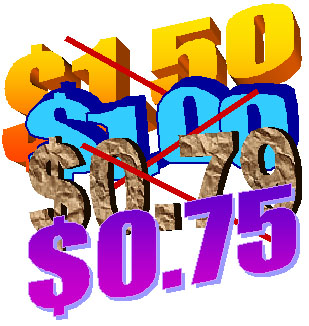 However, this did not last for too long. First 6th Avenue cut its price to 79 cents and then 2 Bros. responded by cutting its price to 75 cents, which 6th Avenue quickly matched.
However, this did not last for too long. First 6th Avenue cut its price to 79 cents and then 2 Bros. responded by cutting its price to 75 cents, which 6th Avenue quickly matched.
Which company started this price war has been subject to some debate. The owners of the 6th Avenue Pizza company were angry, alleging that 2 Bros. was trying to force them out of business. However, the owners of 2 Bros. claimed that they were simply responding to the 6th Avenue Pizza company’s decision to start charging 79 cents per slice and they even have evidence from their security cameras confirming this! When asked why they cut their price the owners of the 6th Avenue company said that:
He was taking away our customers. How were we going to pay our rent?
So what will happen next in this market? One of the owners of the 2 Bros. company has said that they will go back to $1 per slice if the 6th Avenue Pizza company does the same, as they can’t make any profit at the current price. However, the tension between cooperation and competition suggests this may be difficult to sustain.
In the meantime, both are quoted suggesting that they may be tempted to reduce prices even further. 6th Avenue Pizza company stated:
We may go to 50 cents. I want to hit him. I want to beat him.
2 Bros. said:
We might go to free pizza soon.
Of course, while the price war continues, the clear winners are the consumers. In the article one is quoted as saying:
I think it’s beautiful. We need 75-cent hamburgers next.
Articles
Questions
- Why is it difficult for firms to maintain high prices in oligopolistic markets?
- What are the key features of competition in the pizza market?
- Is this the type of market where you would expect price wars to be likely?
- How might firms in this market try to differentiate their product?
- Do you think prices will ever return to $1.50 per slice in this market? Explain.
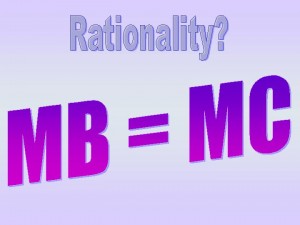 A key economic principle is that rational decision making requires thinking at the margin. This involves a comparison of the additional (or marginal) benefits and costs of an activity.
A key economic principle is that rational decision making requires thinking at the margin. This involves a comparison of the additional (or marginal) benefits and costs of an activity.
An example of such rational behaviour would be deciding to drink one more beer or spending one more hour studying only if the additional benefits were greater than the additional costs. The optimum is where marginal benefit equals marginal cost.
And this applies to firms too. A firm maximises its profits by producing the output at which marginal revenue is equal to marginal cost.
 However, a recent book by the American business guru Clayton Christensen argues that thinking in this way can be a problem. A recent article in the Guardian describes a story he tells of the time he refused to play for his university basketball team in a national final which took place on a Sunday and therefore conflicted with his religious beliefs. His decision involved sticking to his principles rather than thinking at the margin. For him, whilst the marginal cost of sacrificing these principles just once may well have been small compared to the resulting benefits, the eventual cost would be much higher.
However, a recent book by the American business guru Clayton Christensen argues that thinking in this way can be a problem. A recent article in the Guardian describes a story he tells of the time he refused to play for his university basketball team in a national final which took place on a Sunday and therefore conflicted with his religious beliefs. His decision involved sticking to his principles rather than thinking at the margin. For him, whilst the marginal cost of sacrificing these principles just once may well have been small compared to the resulting benefits, the eventual cost would be much higher.
Christensen also suggests that similar arguments can apply to firm decision making. The above article provides an example he uses of decisions made by executives at the Blockbuster video chain. When smaller rivals started offering movies by mail, Blockbuster instead continued to invest in its existing video store business model. This eventually proved disastrous for the company. The explanation given for this is that building on previous investments made more sense than setting up a mail-order arm which would cannibalise their existing business. On the other hand, an alternative explanation may be that executives at Blockbuster were irrationally allowing sunk costs to affect their decision making.
Articles
Clayton Christensen’s “How Will You Measure Your Life?” Harvard Business School, Clayton Christensen (9/5/12)
Clay Christensen’s life lessons BloombergBusinessweek, Bradford Wieners (3/5/12)
Bust Blockbuster goes on the block Guardian, Ben Child (4/4/11)
Questions
- Can you think of a situation where you have decided to stick to your principles rather than think at the margin?
- Why does a firm maximise profit by producing the output at which marginal revenue is equal to marginal cost?
- What do you think are the main costs of setting up a mail-order business?
- Are these costs mainly fixed or variable costs?
- Why is it irrational to take sunk costs into account when making a decision?
- Can you think of a situation where you have been influenced by sunk costs?
 A recent post on this blog referred to what sounds a fascinating new book, What Money Can’t Buy: The Moral Limits Of Markets, by Michael Sandel. The Guardian also recently featured an extract from this book.
A recent post on this blog referred to what sounds a fascinating new book, What Money Can’t Buy: The Moral Limits Of Markets, by Michael Sandel. The Guardian also recently featured an extract from this book.
As the earlier blog post discussed, our lives are now dominated by markets. Economists typically believe markets are the best way to allocate resources as, if the market mechanism works correctly, the resulting equilibrium maximizes economic welfare as measured by the sum of consumer and producer surplus. In particular, all consumers that are willing to pay a price above the market price are able to buy the product.
Fundamental to the measurement of consumer welfare is the notion that consumers will be prepared to buy a product as long as their willingness to pay exceeds the price. It therefore follows that consumers are more likely to buy the product as the price falls and, if they do so, gain increasing surplus. However, the extract from Michael Sandel’s book provides a number of interesting examples which suggest that in some situations this might not be the case.
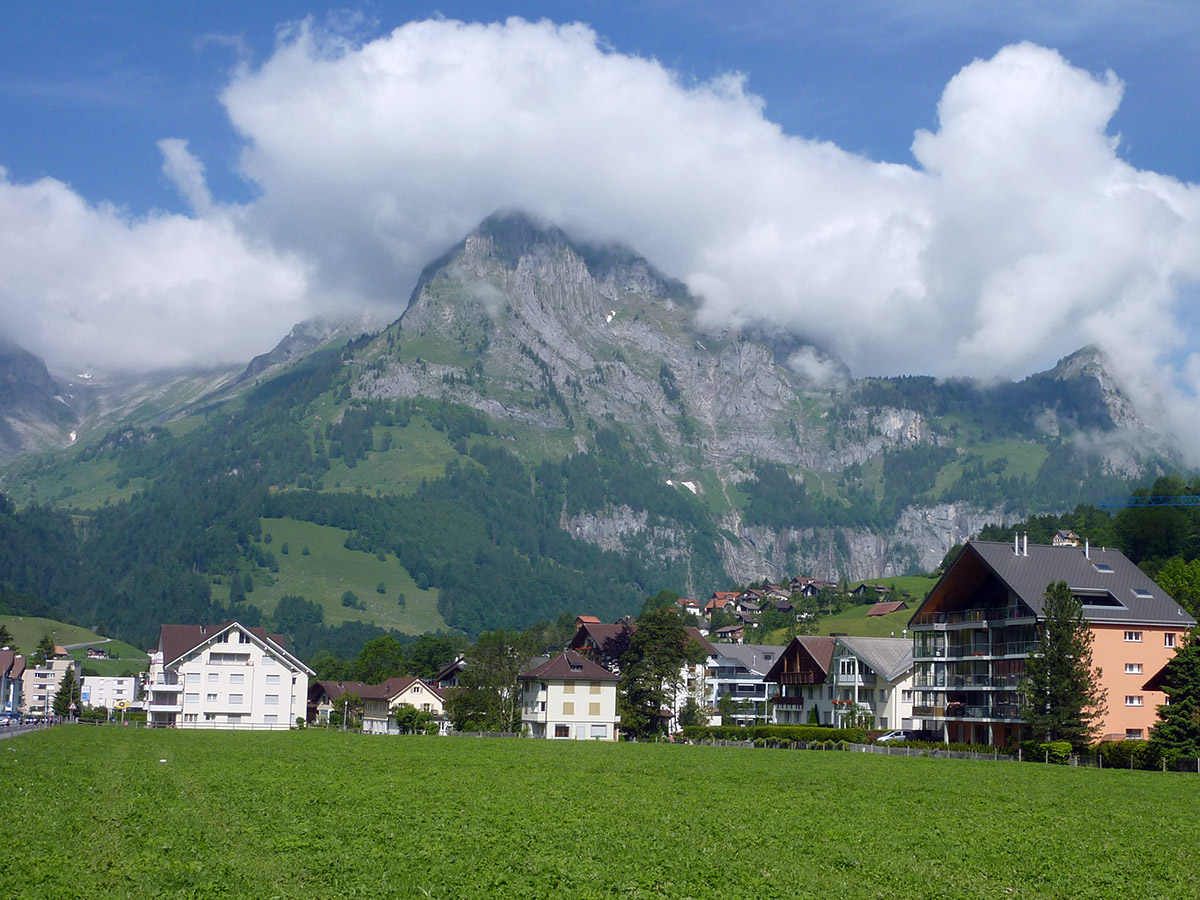 One example concerns the storage of nuclear waste in Switzerland. When surveyed, 51% of the residents of the small Swiss village of Wolfenschiessen, said that they would be prepared to accept the waste being stored nearby. However, somewhat surprisingly, this figure fell to 25% when the residents were told that they would be compensated for the inconvenience. Furthermore, the figure remained at this low level even when the proposed compensation was increased to over £5000 per person.
One example concerns the storage of nuclear waste in Switzerland. When surveyed, 51% of the residents of the small Swiss village of Wolfenschiessen, said that they would be prepared to accept the waste being stored nearby. However, somewhat surprisingly, this figure fell to 25% when the residents were told that they would be compensated for the inconvenience. Furthermore, the figure remained at this low level even when the proposed compensation was increased to over £5000 per person.
Sandel argues that this is because, once compensation is introduced, financial incentives crowd out public spirit. He suggests that:
putting a price on the good things in life can corrupt them.
For economists, this potentially has important implications for how we evaluate market outcomes and our belief that the market equilibrium is always the optimal outcome. Furthermore, it suggests that in some circumstances allowing the market mechanism to allocate resources may not be the ideal solution.
Articles
What money can’t buy – review The Guardian, John Lanchester (17/05/12)
Michael Sandel: ‘We need to reason about how to value our bodies, human dignity, teaching and learning’ The Guardian, Decca Aitkenhead (27/5/12)
We must decide on the way we want to live now London Evening Standard, Matthew d’Ancona (23/05/12)
Questions
- How is consumer surplus calculated?
- How does the market mechanism allocate resources?
- How would you explain the responses of the residents in the Swiss village?
- Do you think the Swiss residents would respond in the same way if the compensation offered was increased even further?
- What type of products and services do you think might be less well suited to being provided by markets?
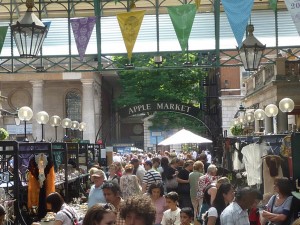 In the models of perfect and monopolistic competition, the long-run equilibrium involves firms making zero supernormal profit. The key assumption driving this outcome is that supernormal profits in the short run attract new entrants to the market.
In the models of perfect and monopolistic competition, the long-run equilibrium involves firms making zero supernormal profit. The key assumption driving this outcome is that supernormal profits in the short run attract new entrants to the market.
Increased competition then results in lower prices for consumers and firms’ profits fall. Therefore, an important question is how long does it take for this process to take place?
In a recent post on the Freakonomics blog, Daniel Hamermesh describes a situation in which he was actually able to observe this adjustment process taking place amongst buskers in the centre of Madrid.
This interesting example illustrates that, at least in some cases, this process can start even before entry occurs. This is because incumbents are able to make adjustments to their existing strategies, in the case of the buskers by changing their location. Consequently, profitable opportunities start to be eroded away very quickly.
Perfect competition Chillin’Competition blog, (24/10/11)
Questions
- What are the assumptions of the model of monopolistic competition?
- What is the difference between monopolistic and perfect competition?
- Does the market for buskers fit well with the assumptions of monopolistic competition?
- In this market what might be the benefits for consumers of increased competition?
- What are the key strategies incumbents might use in this market?
- How long do you think entry might take in this market?
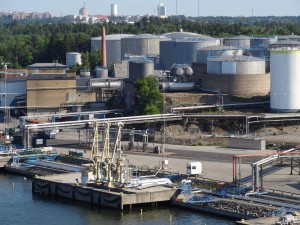 Cartels are formal collusive agreements between firms, typically to fix prices, restrict output or divide up markets. As in the case of monopoly, the lack of competition may harm consumers, who are likely to have to pay higher prices. This, as economic theory demonstrates, results in a reduction in overall welfare.
Cartels are formal collusive agreements between firms, typically to fix prices, restrict output or divide up markets. As in the case of monopoly, the lack of competition may harm consumers, who are likely to have to pay higher prices. This, as economic theory demonstrates, results in a reduction in overall welfare.
For this reason competition authorities throughout the world now impose substantial fines on firms found to be involved in collusive activities and participants also face the threat of substantial jail sentences.
One of the most famous cartels is the Organization of Petroleum Exporting Countries (OPEC). This is an agreement between 12 countries to limit their production of oil. The OPEC cartel has been in place for over 50 years. Arguably, the intergovernmental nature of the cartel and political ramifications of intervening have meant that OPEC has been able to operate free from prosecution for so long.
However, very interestingly Freedom Watch, a US public interest group founded by a former US Department of Justice lawyer, has this week filed a lawsuit against OPEC for violation of competition laws. Quoted in the above press release, Larry Klayman, the founder of Freedom Watch, says that:
These artificially-inflated crude oil prices fall hard on the backs of Americans, many of whom cannot afford to buy gasoline during these severely depressed economic times.
Furthermore, how some of the members use the profits gained from the cartel is also called into question. He also goes on to suggest that the lack of intervention from US government agencies may be because the leaders of both political parties:
… line their pockets from big oil interests and are just sitting back and not doing anything.
This is not the first time that Freedom Watch has served a lawsuit on OPEC. In 2008, at an OPEC meeting in Florida:
In a bold move in front of members of the news media, Freedom Watch Chairman and Chief Legal Counsel Larry Klayman literally jumped out from behind a line of TV cameras and microphones on Friday, October 24, to serve a complaint on an OPEC oil minister.
That complaint was unsuccessful.
It will be fascinating to see the outcome of this latest case and, if successful, the implications for OPEC – updates to appear on this blog in due course.
Articles
Profile: Opec, club of oil producing states BBC News (01/02/12)
OPEC accused of conspiracy against consumers WND World, Bob Unruh (09/05/12)
Freedom Watch Attorney Sues OPEC Oil Minister for Economic Terrorism Conservative Crusader, Jim Kouri (31/10/08)
Lawsuits
Lawsuit brought by Freedom Watch inc. against OPEC (7/5/12)
Lawsuit brought by Freedom Watch inc. against OPEC (9/6/08)
Questions
- Why are cartels so severely punished?
- Why might it be important to punish the individuals involved as well as fine the cartel members?
- Why is fixing the price of oil particularly harmful for the economy?
- Why do you think the OPEC cartel has survived for so long?
- What do you think might be the long term implications of the lawsuit for OPEC?
 In oligopoly markets, because there are a small number of firms, each firm is affected by its rivals’ decisions. This interdependence results in a tension between cooperation and competition. On the one hand, firms collectively benefit from cooperating and keeping prices high.
In oligopoly markets, because there are a small number of firms, each firm is affected by its rivals’ decisions. This interdependence results in a tension between cooperation and competition. On the one hand, firms collectively benefit from cooperating and keeping prices high. However, this did not last for too long. First 6th Avenue cut its price to 79 cents and then 2 Bros. responded by cutting its price to 75 cents, which 6th Avenue quickly matched.
However, this did not last for too long. First 6th Avenue cut its price to 79 cents and then 2 Bros. responded by cutting its price to 75 cents, which 6th Avenue quickly matched.




